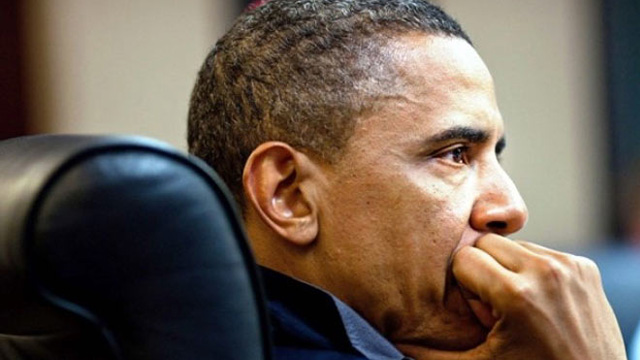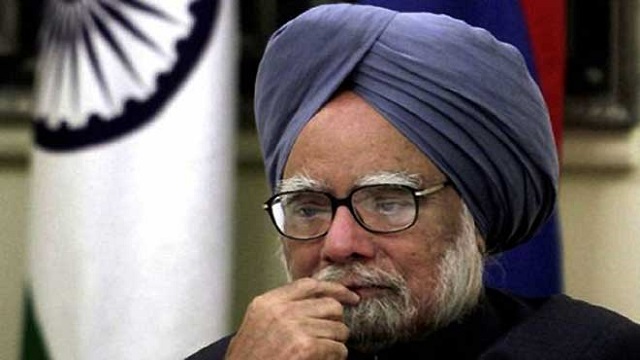The taper will come, faster or later on, and it is best to be ready for it. The government has begun tightening its belt, raising diesel prices gradually but steadily.
Late week, the US Congress passed a Bill, which President Barack Obama signed into law, to revive government and lift the debt ceiling. This is a respite for the US — and the global — economy, but not an everlasting pardon.
The debt limit will be reassessed in early February and US government workforce is guaranteed of getting paid just up to January 15. Many federal workers got back to work on Thursday last week, after being out of work for 16 days. Back-of-the-envelope arithmetic puts forward that the shutdown has shaved $24 billion off US’ GDP; economists anticipate growth become sluggish in the quarters ahead.
Although that is a misfortune for the US, a slowdown there will imply that the Federal Reserve is doubtful to drive for a pulling out of the stimulus — the so-called ‘taper’ — that most budding markets fear.
In August, reports of a taper led to a sell-off in rising markets, including India. Markets improved only after the Fed said that it was not in view of a withdrawal of stimulus. Yet, it would be a blunder for Indian policymakers to take the stimulus, and the additional cash it brings to the market, for granted and continue in business-as-usual style.
The taper will come, faster or later on, and it is best to be ready for it. The government has begun tightening its belt, raising diesel prices gradually but steadily. Other fuel subsidies on cooking gas and kerosene must also be phased out.
The huge and incompetent food subsidy system, functioning through the Food Corporation of India, has to be swapped by a system of direct cash transfer to all the recipients of the Right to Food law. Aadhar must be rolled out sooner, to plug drips in the system. This system, once in place, will immensely decrease the expenses of the welfare system, while rising coverage and recuperating delivery to the deprived.





